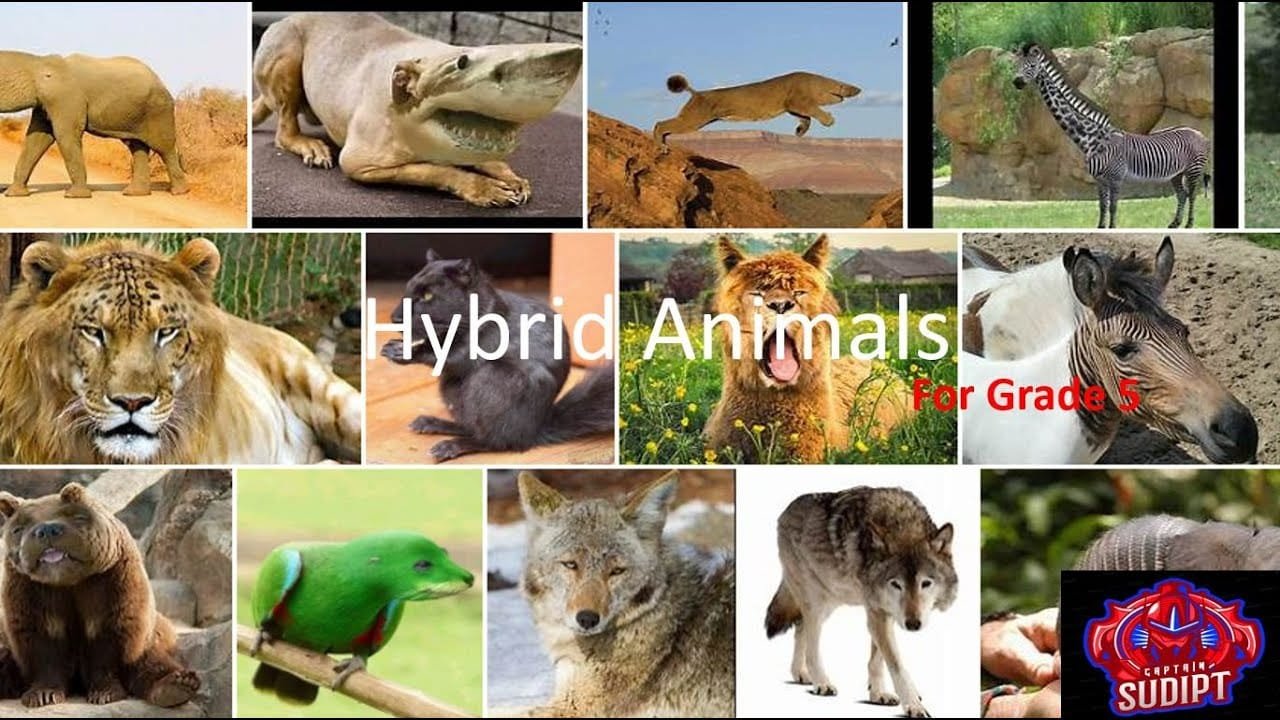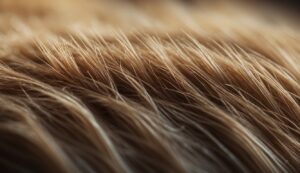Understanding Hybrid Animals
Hybrid animals are fascinating results of crossbreeding between two different species, genera, or subspecies.
These unique creatures often combine characteristics from both parents, leading to diverse physical and genetic traits.
For example, a liger is a hybrid offspring of a male lion and female tiger.
Hybrids occur when there is interbreeding between animals of closely related but distinct groups.
The mating process brings together diverse DNA, which can result in either fertile or sterile progeny.
In many cases, such as with the well-known mule (offspring of a male donkey and female horse), hybrids are sterile, meaning they cannot produce offspring of their own.
Hybridization is not just a curiosity of nature; it can play a crucial role in evolution.
It introduces genetic variation that may benefit populations, allowing them to adapt more efficiently to changing environments.
The genetics of hybrid animals are complex.
Each parent contributes a set of chromosomes that determine the hybrid’s traits.
However, successful hybridization usually requires a level of genetic compatibility; too distant species cannot produce viable or fertile hybrids due to differences in their genomes.
The study of hybrid animals provides significant insights into genetics, speciation, and the evolutionary process.
By analyzing how animal hybrids fare in their environments, scientists can gain clues about the force of natural selection and the boundaries of species formation.
For those intrigued by the intricate genetics of such species, examining the Origin and evolution of animal hybrid species offers a deeper understanding of hybrid animals’ role in nature’s grand tapestry.
Examples of Hybrid Animals

Hybrid animals are the offspring that result from the mating of two different species.
They often possess unique characteristics from both parent species, which can make them particularly intriguing.
Mammalian Hybrids
- Mule: A mule is the offspring of a male donkey and a female horse. Known for their endurance and strength, mules are less stubborn than donkeys and more patient than horses.
- Hinny: The hinny is less common than the mule and is produced by a male horse and a female donkey.
- Liger: Resulting from a lion father and tiger mother, ligers are the largest of all big cats, often surpassing both parents in size. The Origin and Evolution of Animal Hybrid Species provides details on animal hybridization.
- Tigon: A tigon comes from a male tiger and a lioness. Unlike their liger counterparts, tigons are generally smaller than their parents.
- Zonkey & Zorse: These are the offspring of a zebra and a donkey (zonkey), or a zebra and a horse (zorse). They are known for their striking, striped appearance and are also called zebroids.
Avian and Aquatic Hybrids
- Wholphin: A rare hybrid comes from a bottlenose dolphin and a false killer whale. Despite its name, a wholphin is not actually a whale.
- Geep: Though rare, a geep is a hybrid between a goat and a sheep. It has features of both animals, with a combination of wool and hair.
Rare and Unique Crosses
- Grolar Bear: Sometimes nature surprises us with a grolar bear, a blend of a polar bear and a brown bear, mostly found in the wild where their territories overlap.
- Beefalo: A beefalo is a cross between a buffalo (bison) and domestic cattle. This hybrid is raised for its meat, which is lower in fat and cholesterol.
- Coywolf: These canine hybrids are a mix between coyotes and wolves, and they exhibit traits from both ancestors, such as pack hunting techniques and adaptability.
- Savannah Cat: A domestic hybrid cat, the savannah, comes from crossing a serval with a domestic cat and is known for its dog-like loyalty and spotted coat.
Breeding and Conservation

Breeding between different species in the animal kingdom can result in hybrids, which are often infertile.
This infertility is sometimes seen in well-known crosses such as the mule, a mix between a horse and a donkey, and the liger, from a male lion and female tiger.
These hybrid animals display a mixture of characteristics from both parent species.
When it comes to conservation, breeding can play a complex role.
On one hand, hybrids like the pizzly bear (polar bear/brown bear) emerge as a result of habitat overlap due to climate change.
They could potentially benefit from the combined strengths of both species in a changing environment.
On the other hand, conservationists often debate the value of hybrids, fearing they might dilute the genetic purity and identity of endangered species.
For example, the grolar bear, a cross between a polar bear and a brown bear, might possess a unique blend of abilities.
However, as polar bears are threatened with extinction, some argue that breeding with brown bears could further reduce the polar bear population.
Interbreeding in the wild can sometimes give rise to unique creatures, such as the offspring of a false killer whale and a bottlenose dolphin, known as a wholphin.
Efforts to conserve such animals involve ethical considerations, as their existence often sparks discussions about biodiversity and natural versus human-influenced evolution.
Hybrids play a fascinating role in the animal world.
While their emergence can be a natural result of species’ interaction, the intentional creation and conservation of such animals continue to be subjects of extensive ethical and ecological discussion.




